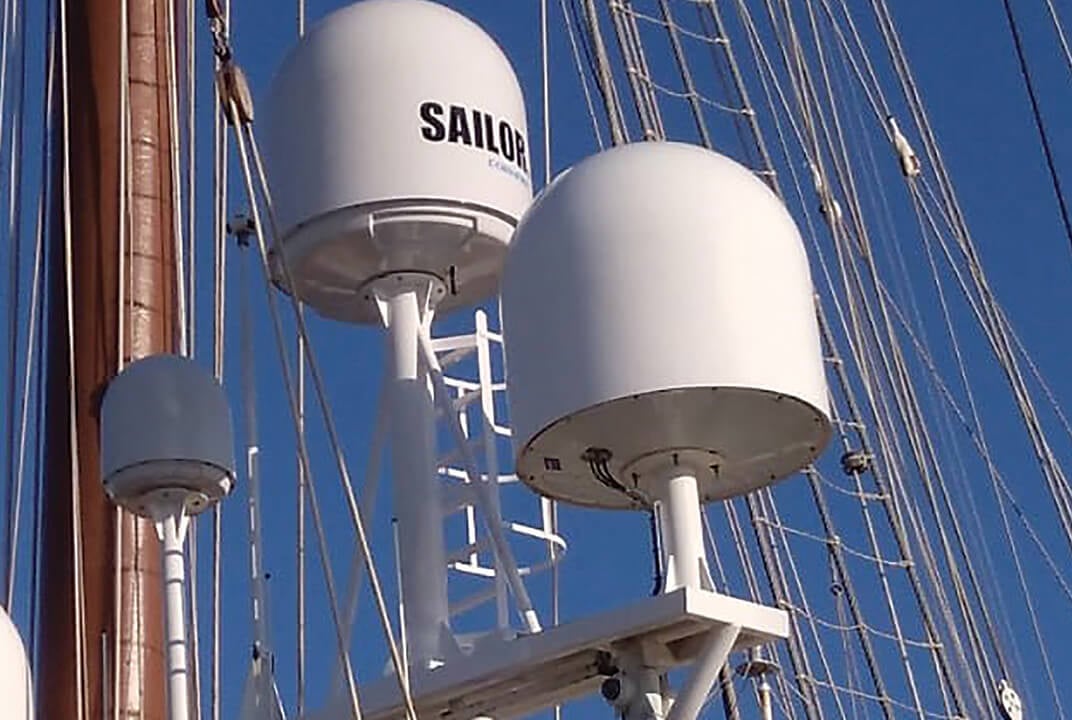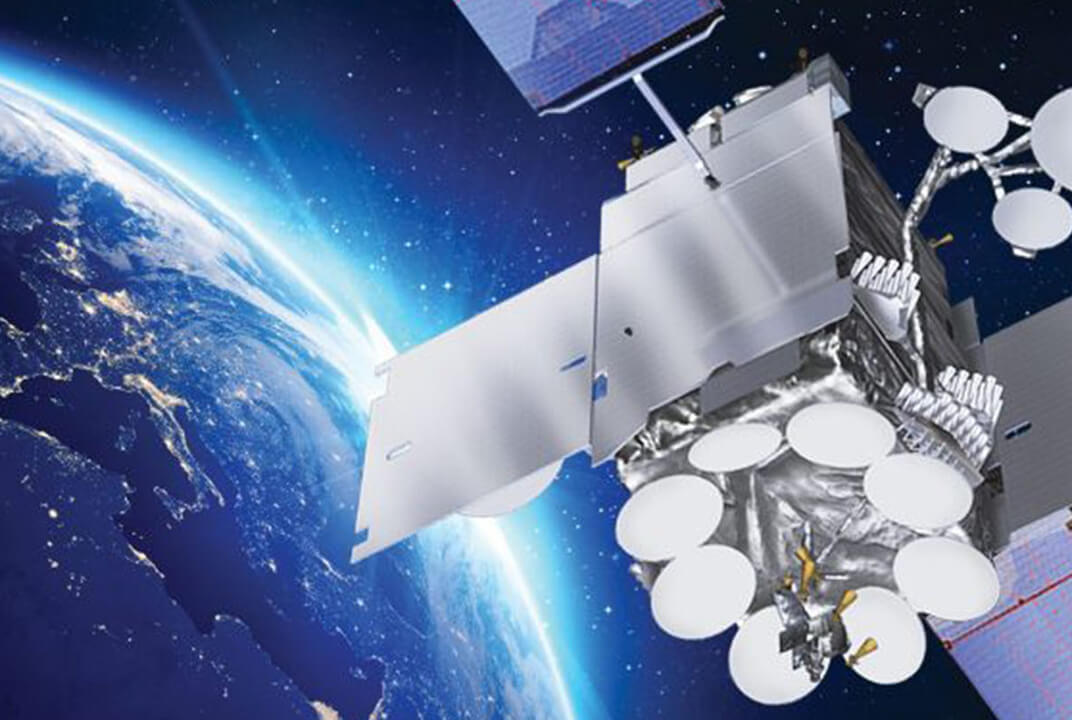Why Ka-band best supports the modern military mission
Rebecca Cowen-Hirsch, Inmarsat’s U.S. Government SVP Government Strategy and Policy, discusses the driving factors that differentiate Ka-band as the preferred frequency for today’s mobile and global satellite communications, in an article published in MilsatMagazine titled, Why Ka-band Best Supports the Modern Military Mission.
Government users are increasingly seeking Ka-band from commercial owners and operators, as the Department of Defense (DoD) has developed a high dependency on COMSATCOM to fill significant capability gaps within Wideband Global SATCOM (WGS), according to the Government Accountability Office (GAO).
Augmenting existing MILSATCOM services, the benefits of Ka-band, deliverable by Inmarsat’s Global Xpress service, include:
- Reliability. Alternatives to Ka-band simply cannot deliver the seamless and ubiquitous coverage that the military views as essential.
- Resiliency. In-orbit testing has proven that Ka-band systems can transfer high-speed data without degradation even in adverse weather conditions and on terminals measuring as small as 8 by 8 inches.
- Size. The Ka-band antenna is one-fourth the size of those engineered for alternative frequencies.
- Flexibility. The government is recognising what we are calling “SATCOM as a service” as the standard-setter for satellite acquisition. This robust and global approach integrates complex solutions within an end-to-end managed services architecture and provides uniform Ka-band coverage.
Now is time for the military and commercial industry providers to work together to create the best Ka-band environment possible. To read in more detail about the benefits of Ka-band visit: www.milsatmagazine.com.

